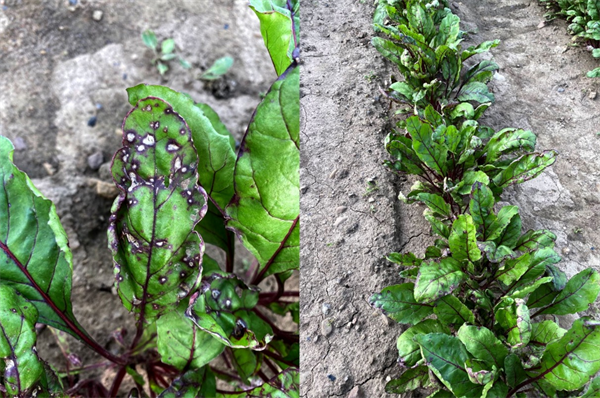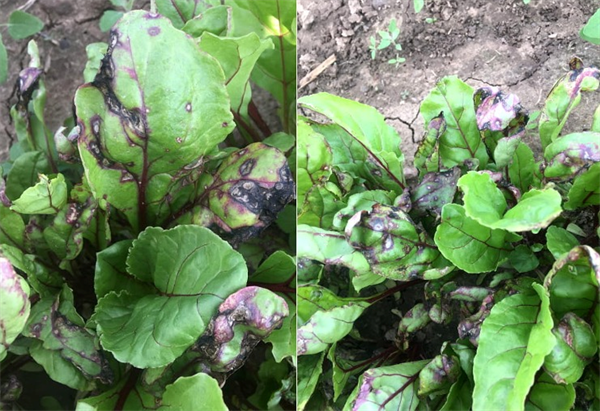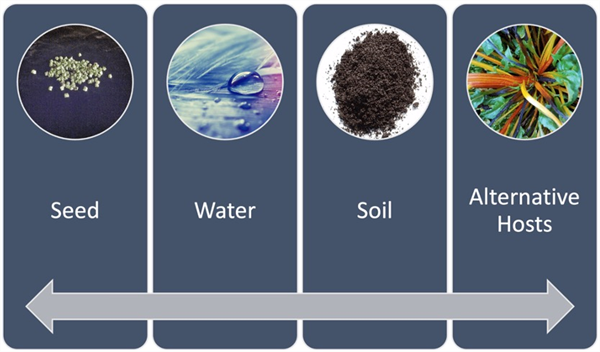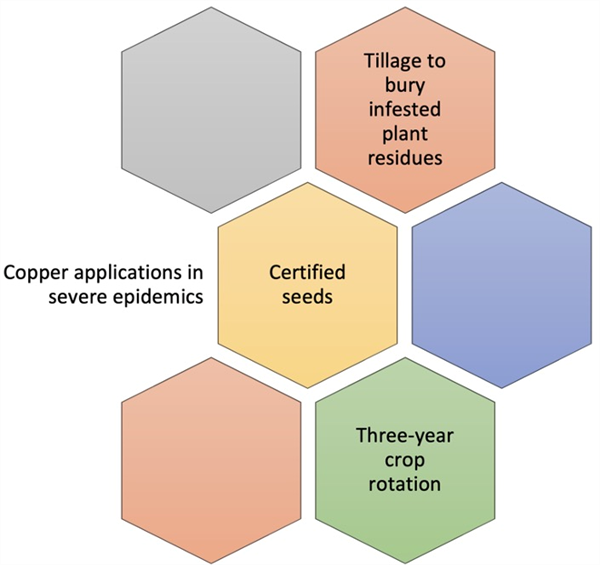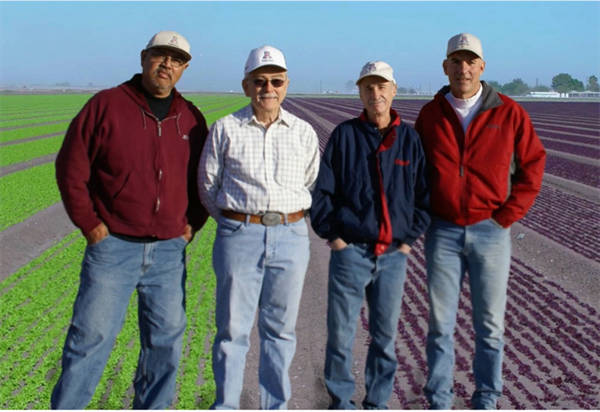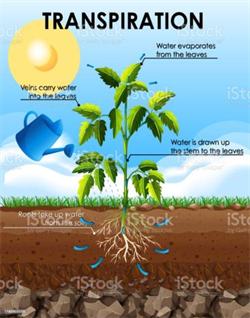-
Dec 11, 2024Review of Pest Pressure on Produce and Melon Crops - Fall 2024
Every season is unique, and this fall was no different in terms of insect pressure on desert produce crops. Quick look at both recent and historic data on pest abundance recorded from our University of Arizona research plots, and areawide trapping and sampling suggests that insect pressure was unusual for several pests. For a look at the historical data see. Pest Abundance on Desert Produce and Melon Crops – Fall 2024
Whitefly/CYSDV: Whitefly populations in fall melons were lighter this fall compared to previous years, and areawide, adult movement was below average for much of the fall. Overall, adult counts in traps placed in commercial melon fields continued to be low, slightly higher than last year. CYSDV incidence in cantaloupe fields was considerably lower than last fall, highest in the Dome Valley/Wellton areas (~30%). In contrast, virus incidence in Texas Hill, Roll, and Tacna was well below 10%. Surprisingly, incidence infields in the Yuma Valley was estimated at ~5% where historically virus has been heavier. Whitefly nymph populations were significantly lower in experimental broccoli plots at the Yuma Ag Center (YAC) in 2024, and apparently light and variable throughout the desert growing area based on PCA reports.
Beet armyworm (BAW), cabbage looper(CL), and corn earworm (CEW): BAW pressure this fall was very heavy, but CL was almost non-existent. In our research plots, BAW were active well into early November due to unusually high temperatures during October that were ideal for development and oviposition. Worm pressure became sporadic later in Nov due to below average cool temperatures. Pheromone trap catches for BAW were above average during November, while CL were well below average. CEW trap catches peaked in early October and failed to be much of an issue at harvest in most locations. However, we did receive reports from PCAs battling CEW in lettuce throughout the area, particularly in Dome Valley and Wellton.
Diamondback moth (DBM): DBM was not a problem again for most desert growers, but control issues continue for several PCAs on transplanted cabbage and cauliflower originating from coastal California. In several transplanted fields, Verimark was providing less than 14days of residual control, and several PCAs have reported poor-marginal residual control with standard foliar insecticides. To date, there have been no reports of yield losses, but control costs for some PCAs have been significantly higher than normal. In our research plots, the larval populations peaked in early November and the most abundant we’ve seen since 2017. Field efficacy trials in broccoli and cabbage showed that the populations were very susceptible to all industry standard insecticides. Areawide pheromone trapping showed that DBM moth activity peaked well above average in mid-October in traps located near transplanted brassica fields.
Aphids: Flights of winged adults started out a little later this year with trap captures beginning in late October. Overall, winged aphid populations have been the highest we’ve seen during Nov in the past 10 years. We’ve had several reports from PCAs throughout the area (Bard, Yuma Valley, Wellton and Dome) of small aphid colonies showing up on lettuce and brassica crops. We’re also picking up small colonies at YAC, more than we typically see in the fall. Most of the aphids colonizing produce cops have been green peach aphids, with several instances of the “red morph” appearing. So far, no reports of lettuce aphid on fall lettuce, unlike last season when lettuce aphid was found as early as November.
Western Flower Thrips (WFT) / Bean thrips (BT) / INSV: WFT pressure on non-treated lettuce plants at YAC was lighter than the past several seasons. Larvae were most abundant in late October and have declined significantly since. Areawide trapping showed that adult activity was below average for most of the fall. Although INSV infected plants inorganic transplants were again detected in early November in Tacna, to date virus incidence in surrounding direct-seeded lettuce remains non-detectable in these areas. High numbers of BT showed up in Yuma Valley in mid-October following heavy winds out of the W-NW.To contact John Palumbo go to: jpalumbo@ag.Arizona.edu







